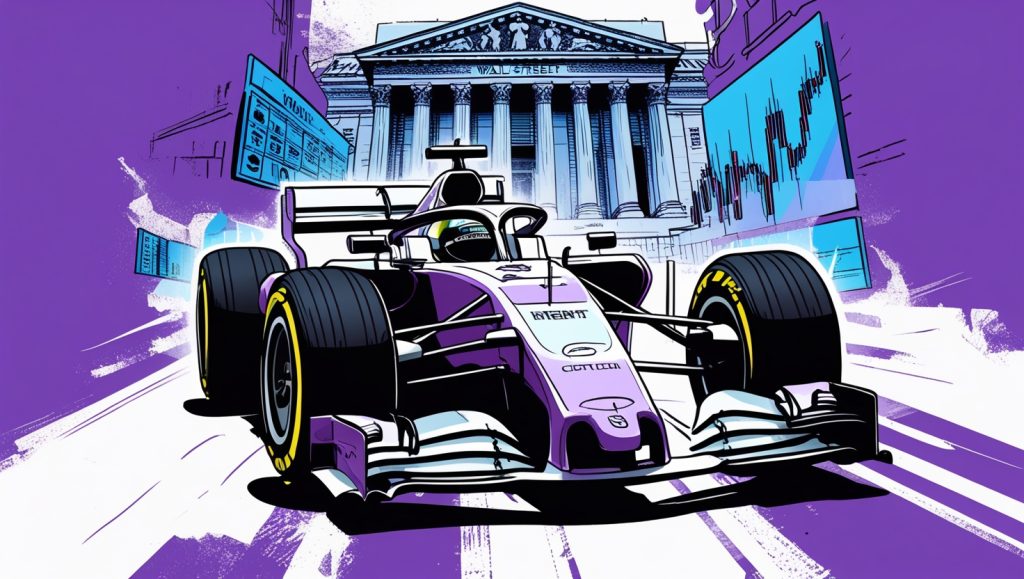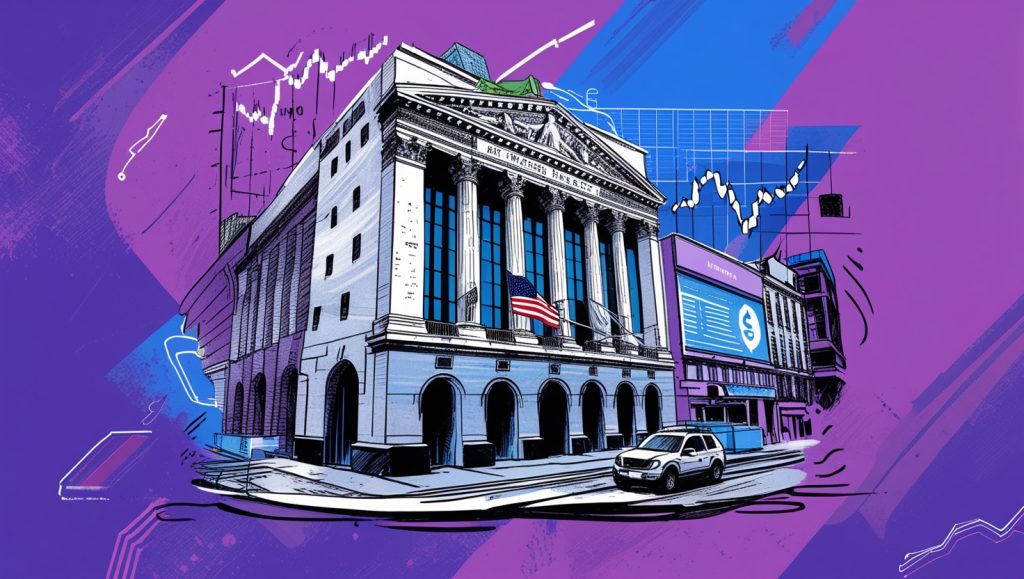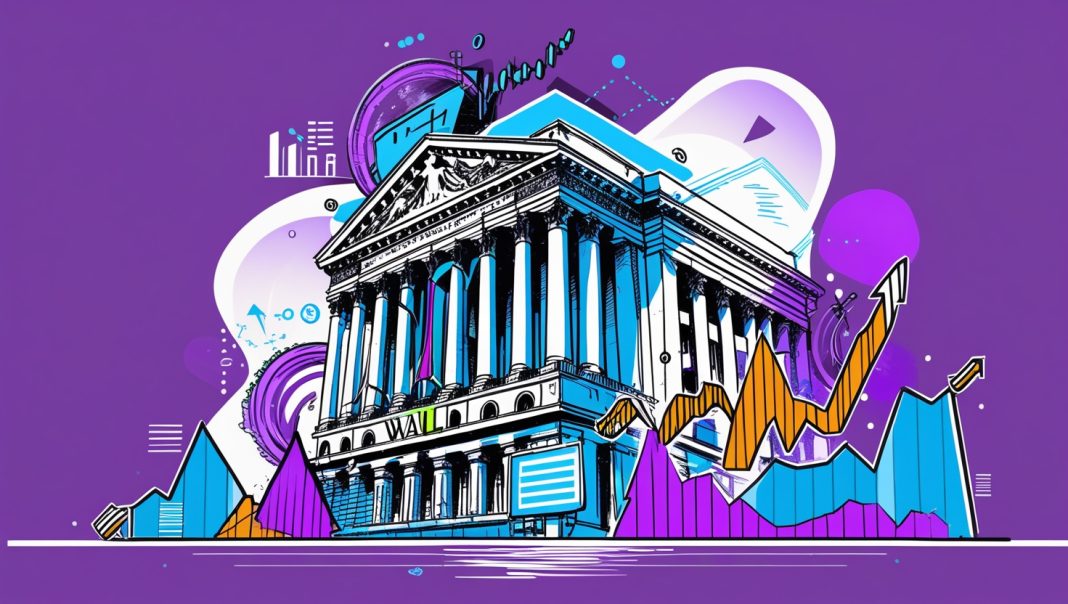The lines between traditional finance and crypto are beginning to blur. The movement driving that convergence is tokenized capital markets: a rapidly growing area that is bringing real-world financial assets onto blockchains.
Stocks, bonds, treasuries, real estate, and private equity are being recreated as digital tokens. This is a foundational shift in how markets operate… And it’s happening on Solana.
If you have been watching the DeFi world evolve or tracking institutional interest in crypto, this is the trend to watch.
What Are Tokenized Capital Markets?
Tokenized capital markets involve creating digital versions of traditional financial assets, like equities, fixed income instruments, and funds, on a blockchain. These digital versions, or tokens, are programmable, transferable, and interoperable across systems.
In plain terms, this is traditional finance built using blockchain infrastructure.
Examples include:
- Tokens representing one share of a public company.
- Tokenized U.S. Treasury bills that offers real-world yield.
- Real estate property divided into fractional ownership tokens.
- Private equity or venture funds issuing LP shares as smart contracts.
These tokens can be traded just like any crypto asset, with real-time settlement, global access, and full on-chain transparency.
Why Are Tokenized Capital Markets Important?
Tokenization fundamentally changes how financial assets can be accessed, transferred, and integrated into financial systems. Moving traditional markets onto public blockchains means unlocking a new level of efficiency and flexibility.
Here are the core reasons this matters:
Efficiency and Speed
Traditional financial systems are slow and expensive, often relying on intermediaries and limited operating hours. Settlement can take two or more business days. Transferring ownership of bonds or real estate typically involves lawyers, brokers, and manual paperwork.
Tokenized markets remove that friction. Ownership can change hands instantly at minimal cost, with full auditability.

Accessibility
Tokenization allows fractional ownership, which opens access to high-value assets that were once reserved for institutions. With tokenized real estate, for example, a person can own $100 of a building, not just an entire property.
Geographic barriers also limit access to traditional markets. For example, investors in many countries are unable to directly trade U.S. stocks or index funds due to regulatory restrictions, banking limitations, or lack of brokerage infrastructure. Tokenizing these assets and issuing them on a public blockchain removes those barriers. Anyone with an internet connection and a crypto wallet can gain exposure, regardless of their location or local financial system.
This allows more inclusive participation in capital markets.
Transparency and Compliance
Blockchains offer a transparent, tamper-proof record of asset ownership and transfer history. Compliance rules, such as identity checks, jurisdictional restrictions, and vesting conditions, can be embedded directly into the token’s code.
This can improve regulatory oversight rather than hinder it.
Composability
Tokenized assets are interoperable with other blockchain-based tools. Once issued, they can be used across DeFi platforms as collateral, liquidity, or part of automated strategies. This allows for the creation of new financial instruments and use cases that are not possible in traditional systems.
Why Now? And Why on Solana?
Tokenized capital markets have been discussed for years, but adoption is accelerating now due to several key developments.
- Mature infrastructure: High-performance chains like Solana now offer the speed, low latency, and scalability required for real-time asset trading.
- Institutional demand: Firms like BlackRock, Franklin Templeton, and Citi are actively experimenting with tokenized funds and debt instruments.
- DeFi meets RWAs: Real-world assets are becoming central to DeFi’s growth, offering real yield and diversified risk.
- Solana’s edge: Solana supports 65,000 transactions per second with extremely low fees. It also offers advanced token functionality, which supports custom compliance features and transfer rules. This makes it attractive for regulated finance.
Projects like Maple Finance, Parcl, Realio, and Jupiter are already building tokenized asset platforms on Solana.
How Tokenized Capital Markets Impact Crypto and Web3
Tokenized capital markets are a lot more than just a new use case for crypto: they may redefine what the crypto ecosystem looks like over the next five years.
- Legitimacy for DeFi: Tokenizing real-world assets brings institutional capital and mainstream credibility to decentralized finance.
- Sustainable revenue: RWAs can provide consistent yield and fees for protocols, reducing dependence on speculative activity.
- New user behavior: Users may start treating crypto wallets like brokerage accounts, using them to store and trade everything from stocks to treasuries.
This is not about replacing traditional finance, it is about absorbing it into a better, more open and transparent system.

What’s Next for Tokenized Capital Markets
This is a new type of asset that’s still in the early innings, but the momentum is undeniable. Here’s what the road ahead is starting to look like:
- Massive Market Size: Analysts project that tokenized assets could reach $10 trillion by 2030. This includes bonds, equities, private credit, and alternative investments.
- All-asset trading platforms: We will likely see the emergence of fully on-chain platforms that support tokenized versions of every major asset class, with 24/7 trading and global access.
- Smart regulation: As regulation evolves, expect jurisdictions to adopt blockchain-native frameworks that allow for automated compliance, reporting, and investor protection.
- Retail-led financial innovation: Fractional access, borderless trading, and lower fees will empower everyday investors around the world. Tokenized markets may drive a more democratized global financial system.
- Solana’s leadership role: With its speed, low fees, and growing roster of tokenization-focused projects, Solana is well positioned to become the core infrastructure for modern capital markets.
Final Thoughts
Tokenized capital markets represent a structural upgrade to the financial system itself. Tokenization is critical to make assets more liquid, accessible, and programmable; and it’s reshaping how value is created, transferred, and stored.
Whether you are an investor, builder, or simply watching the space, the message is clear: financial markets are coming on-chain. The only question is how quickly you adapt.


